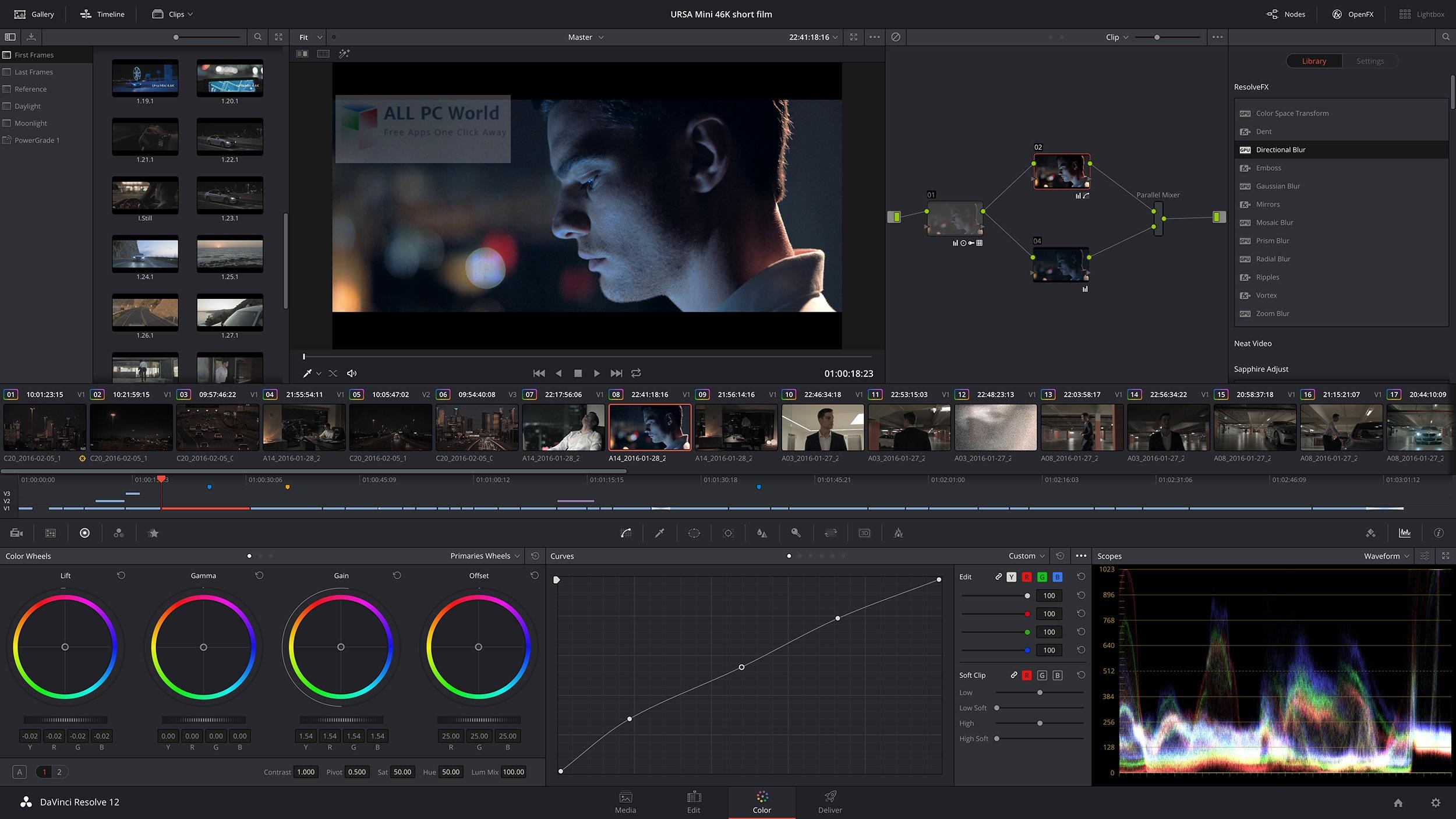

The DV files have the same reel number and timecode, but aren’t an exact file name match, as they had a “DV” suffix appended to the clip name. To test FcpReconnect, I used Compressor again to convert the hi-res ProResLT “master” files into DV anamorphic “proxy” files for offline editing. As I described in a previous post, I converted the media to Apple ProResLT in Compressor, conformed the files to 29.97fps in Cinema Tools and added reel numbers and timecode using QtChange – another handy application from VideoToolShed.

The native camera files are 1920×1080 H.264, 30fps and have no reel numbers or timecode. For most workflows, there are two basic ways of using FcpReconnect: a) consolidation and relink or b) relink via XML.Īs a test, I started with footage from a recent Canon EOS 5D Mark II project. Since reel number and timecode are the key, you are less subject to FCP’s need to have file names that completely match. For FCP editors, it provides an excellent solution to projects that use an offline-online edit workflow. FcpReconnect may be used in a number of different ways, but in general, works by linking files based on matching reel numbers and timecode. This is the brainchild of Bouke Vahl, a Dutch editor and software developer.

The first of these is FcpReconnect from VideoToolShed.

I’ll bring these to you on an irregular basis, once I get a chance to do a bit more testing. I’ve started to dabble with a few different applications that improve on FCP’s native abilities. The shortcomings of FCP media management become apparent when projects are moved around among different edit systems, hard drives and editors. In reality, FCP has gotten better in this regard and does a pretty decent job of linking project master clips to media. Media management has long been considered Apple Final Cut Pro’s Achilles’ Heel.


 0 kommentar(er)
0 kommentar(er)
